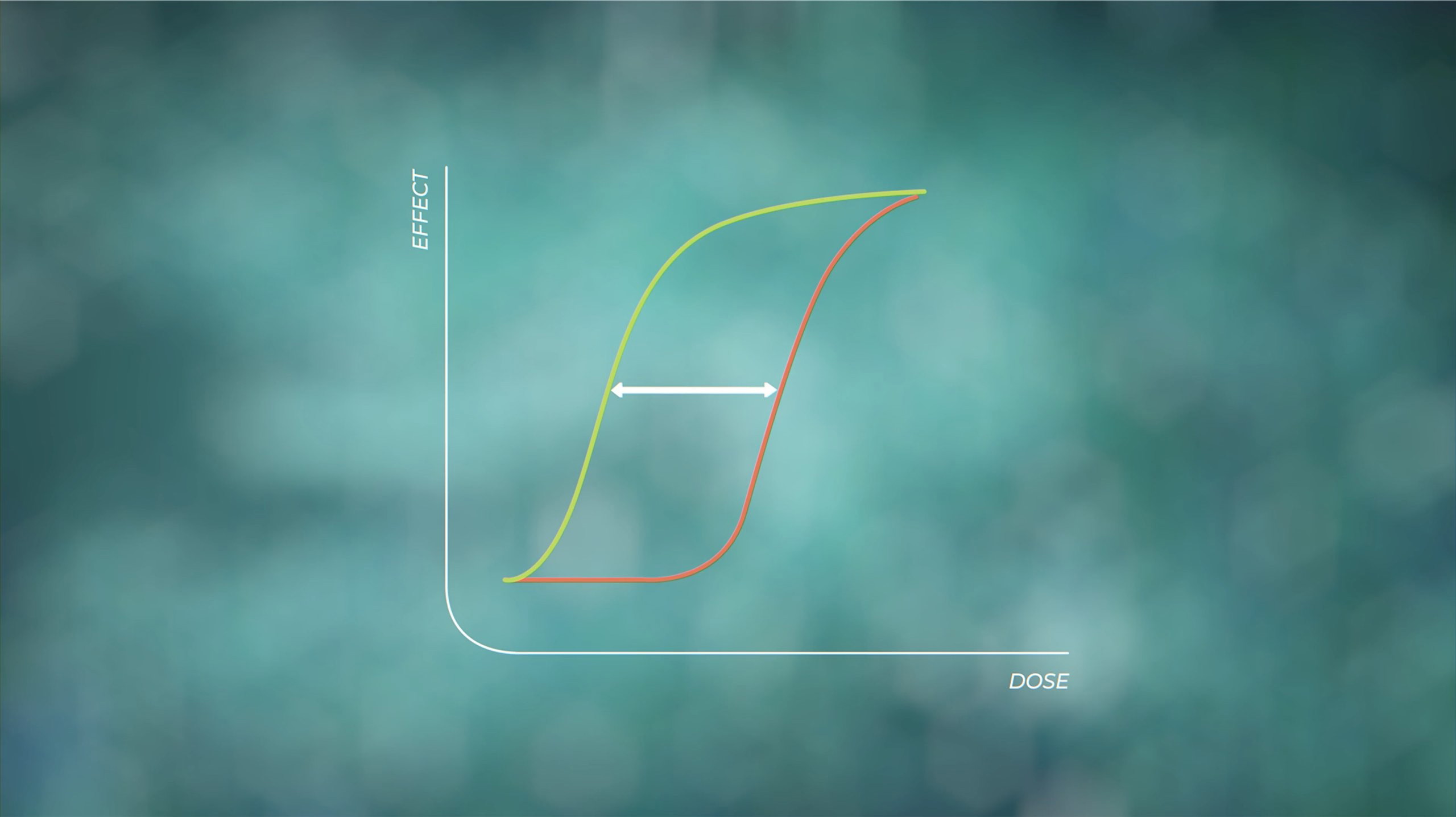5 Tips for an easy and effective stakeholder analysis
After establishing the goal and the scope of your research strategy, it’s time for a stakeholder analysis. But where to begin? And what tools can you use for an effective stakeholder analysis?
In this article, we will be giving you 5 tips on how to perform a simple but thorough stakeholder analysis.

1. Network mapping
Begin by mapping out the entire ecosystem related to your field of work. Use tools like Kumu or Miro for detailed network mapping. These tools help visualize connections and relationships within your industry and related sectors. Understanding this broader landscape will help identify potential stakeholders who can influence or are affected by your project.

2. Organogram observation
Access the organizational charts of key organizations. Platforms like LinkedIn or company websites often have this information readily available. These charts provide insight into the hierarchy and key personnel, helping you understand the power dynamics and influence within the organization. Knowing who holds sway can streamline your engagement strategy.

3. Leverage informal networks
Engage with informal networks such as professional associations, industry forums, and social media groups. Platforms like LinkedIn Groups or industry-specific forums are valuable for gaining insights and networking. Informal networks are often where preliminary discussions and buzz about new initiatives occur, making them critical for early stakeholder engagement.

4. Visualise
Use visualization tools like Power BI, Tableau, or even Excel to create clear and concise visual representations of your stakeholder analysis. These tools allow you to create dynamic charts and graphs that can be easily updated. Displaying these visualizations prominently in your workspace keeps your key stakeholders and their roles top of mind.

5. Update
Treat your stakeholder analysis as a living document. Set reminders to revisit and update your analysis periodically, especially during key project milestones or changes in the organizational landscape. Tools like Asana or Trello can help manage these updates. Regularly re-evaluating your stakeholders ensures you remain aligned with the evolving dynamics and continue to engage effectively.


Services
Whether through 3D animation, a full brand identity, each project is a vital chapter in a larger narrative.
Discover our services


